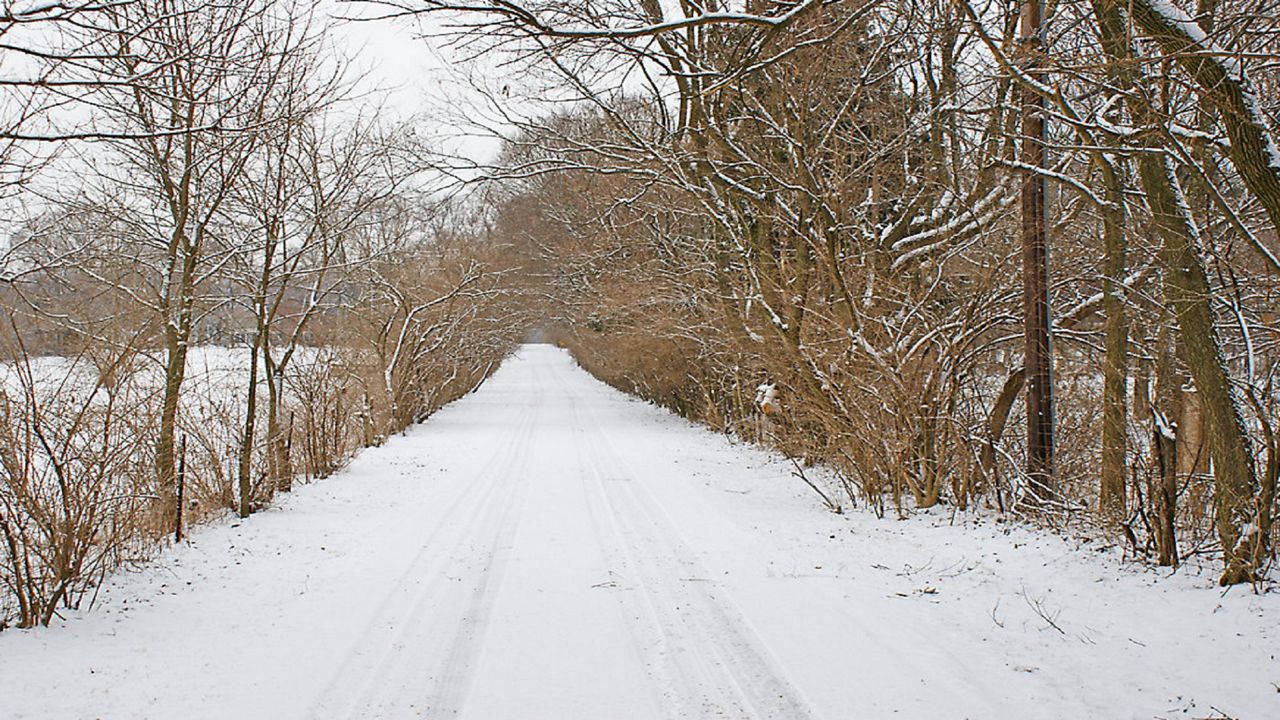Imagine this: You step outside and into a snowstorm. Each snowflake is beautiful as it sparkles down to the ground. Part of the beauty is the quiet that comes along with the snow. It’s as if the chaos of the entire world stops around you.
But why? Believe it or not, there is a science behind the silence you experience in a storm.
When snow falls and accumulates on the ground, the fresh snow acts as a method of sound absorption. Just like you would see in a room full of sound-absorbing foam, snow dampens the sound waves, allowing you to hear less.
It takes as little as an inch of snow to see this silencing effect take place and it is more obvious when the snow coming down is light and fluffy. That’s because it is more porous and sounds get trapped easier. The more snow that accumulates on the ground, the quieter it will become around you.
One study found that two inches of snow can absorb about 60% of the noise.
You may experience the opposite effect with snow that has a higher water content or snow that has melted and froze again. Sound waves bounce off harder surfaces such as ice. With the reflection of sound waves, we may hear louder and clearer noises from far away than if there was no snow on the ground.
The next time it snows, step outside and enjoy the peace and quiet. It might not last all that long, but the silence can be calming and a pleasant break from the noise of everyday life.
Meteorologist Kaylee Wendt on Facebook, Instagram, and Twitter!









